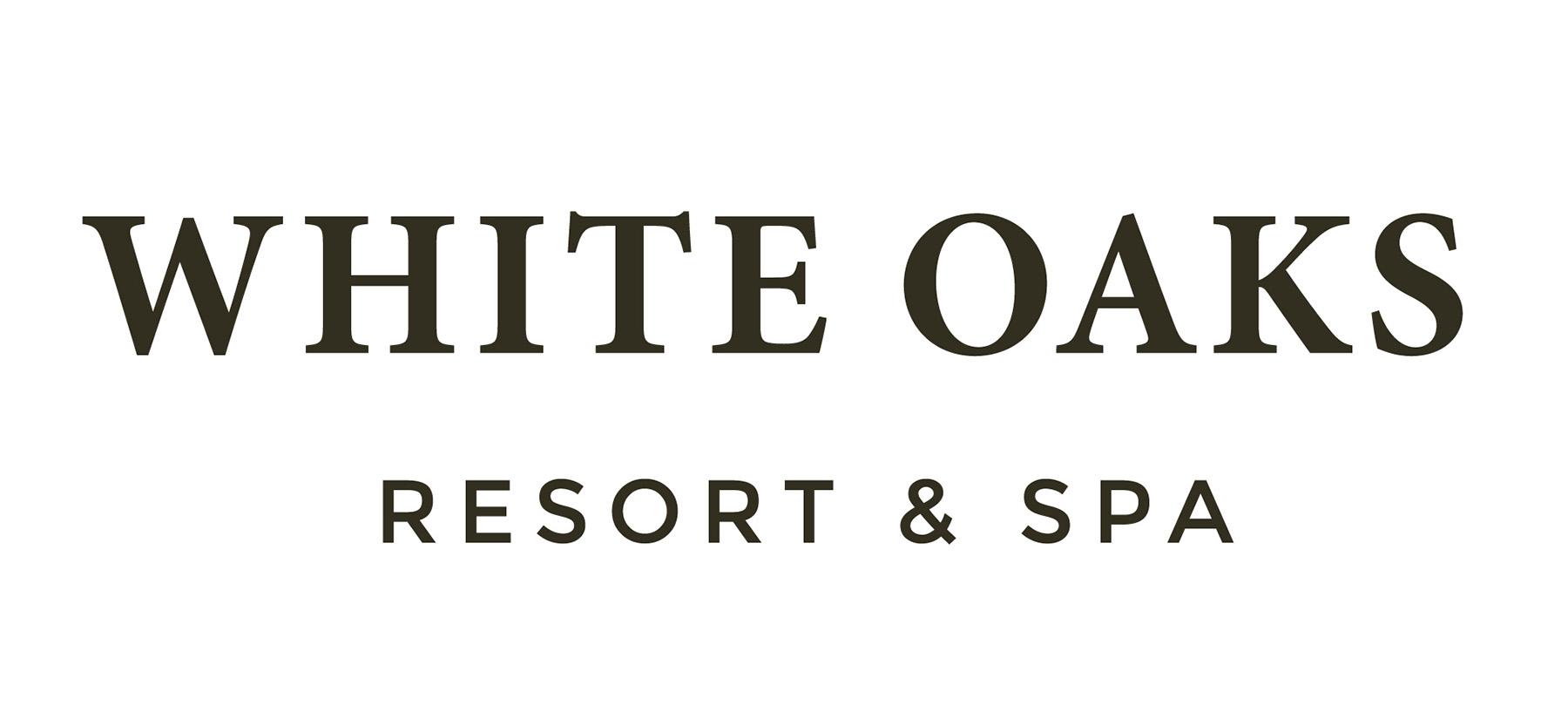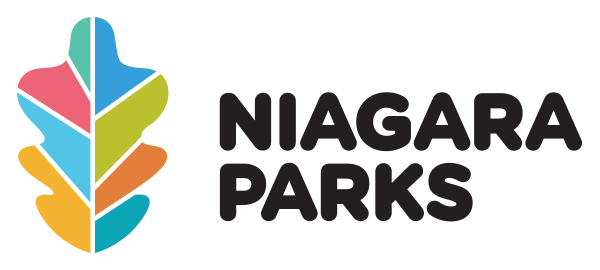Maison Champy
Beare Green Winery
Devil’s Corner
Catena Zapata
Blomidon Estate Winery
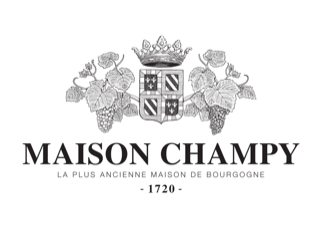
Maison Champy
Burgundy, France

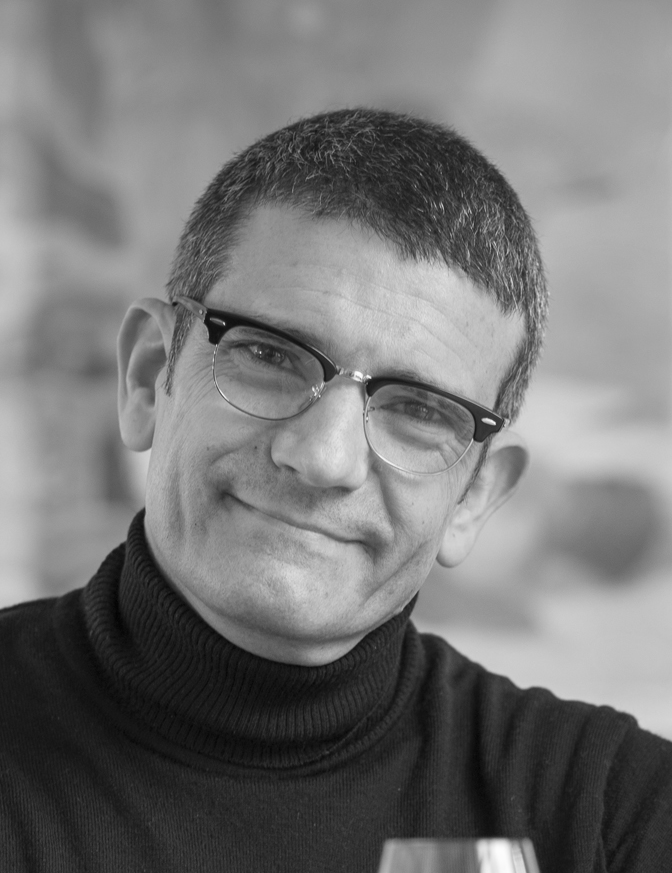
About Maison Champy
About the vineyard:
• Owner of 21 ha in the Côte de Beaune : 8 appellations in the estate
• 60% ORGANIC (12 ha) , 40% HVE (less of 30% of Burgundy vineyard is certified)
• 0,83 ha of Corton grands crus Bio: Corton-Charlemagne and Corton Rognet
• Pernand-Vergelesses: represents more than 50% of the vineyard, an exclusive Burgundian jewel
• Côte de Beaune : Savigny-lès-Beaune, Chorey-les-Beaune, Beaune, Pommard, Volnay
About the Cellars:
• Cellars of the XVth century offering exceptional ageing conditions
• Last producer in Beaune to vinify, age and bottle its wines downtown the old city of Beaune
• Ageing in French oak barrels from the Cuvee Edme to the grands crus (228L)
• Continuous awards & distinctions in France and throughout the world
Team:
• A team of Craftsmen and Winegrowers:
o Dimitri Bazas, Technical Director for more than 25 years
o Tanguy Zanaboni, Cellar Master
• The know how transmission has been acclaimed by the certification «French living heritage company» :
• First Wine House of Burgundy to be distinguished since 2021
Pionnering & Legacy:
• The first wine house in Bourgogne (over 300 years of legacy)
• Key chapters such as Louis Pasteur experimentation, the cellar signed by Gustave Eiffel and the world exhibition epic
• The Art of welcoming and sharing: Unique and acclaimed hospitality and wine tourism assets => a journey from Place de la Halle to the historic site on Rue du Grenier à Sel which has been awarded numerous times. La Cuve 17 is one of the emblems of these values.
Representative Biography
Dimitri Bazas, Winemaker
Dimitri Bazas was born in Thessalonique, in Northern Greece, on February 21th 1964. His first experience of winemaking took place when he joined Maison Drouhin as trainee in 1986.
As soon as he graduated as Oenologist from the University of Dijon in 1988, he went back to Greece to work for a major wine merchant, yet keeping in mind to return to Burgundy!
In June 1991, Dimitri became a winemaking consultant for S.G.S laboratory in Beaune. For eight years, he contributed to the ascent of the laboratory as the leader in oenological analysis and consulting.
Throughout the 90’s, he poured out winemaking advices to the most prestigious wine estates of the Côte d’Or area in Burgundy.
His experience and acute knowledge of both Chardonnay and Pinot Noir led him to join Maison Champy, the first wine house in Burgundy. He is the winemaker and the technical manager since June 1999.
He therefore puts into practice his quest for perfection to produce the best and finest wines for Maison Champy. He is now managing the 21-hectares estate in the Côte de Beaune (half of it under certified organic farming), and he is also crafting some small productions of the most famous Côte de Nuit plots.
Why We're Cool
Maison Champy vineyards are situated in the Côte de Beaune, in Burgundy, in the Côte D’Or department.
Appellations & Planted areas (ha) - AOP Bourgogne white (yield 40 hl/ha) Planted area (ha): 1194
•The regional appellation represents 53% of the total production of Burgundy
AOP Pernand-Vergelesses white (yield 43 hl/ha) Planted area (ha): 70 (with 21 ha in 1er Cru)
•Maison Champy vineyards are situated in the Côte de Beaune, in Burgundy, in the Côte D’Or department.
Appellations & Planted areas (ha)
AOP Bourgogne white (yield 40 hl/ha) Planted area (ha): 1194
•The regional appellation represents 53% of the total production of Burgundy
AOP Pernand-Vergelesses white (yield 43 hl/ha) Planted area (ha): 70 (with 21 ha in 1er Cru)
• Maison Champy owns 3,04 ha of the Pernand-Vergelesses villages appellation (white)
Burgundy Vineyards
• 57% Chardonnay, 34% Pinot Noir, 6% Aligoté, 3% Gamay, Sauvignon and others
• 32 301 Hectares (4,3% of the French vineyards)
• 1,49 million hl Annual Production (3,4% of the national production)
• 3489 Producers

Beare Green Winery
Surrey Hills, England


About Beare Green Winery
Beare Green Winery was established by Jimmy Smith, Sam Hill, and Bethany Paterson in the picturesque Surrey Hills of England, a region renowned for its cool-climate winemaking. Since debuting with their first vintage in 2022, the winery has specialized in crafting small-batch wines with meticulous care and precision, using premium grapes sourced from some of Southern England’s finest vineyards.
At Beare Green Winery, we champion natural yeast fermentation, minimal intervention, and a spirit of innovation and creativity in the winemaking process. Our portfolio features two distinct ranges of still wines: The Clonal Range, showcasing high-quality clones of Chardonnay and Pinot Noir, crafted to highlight their unique characteristics and exceptional quality; and The Spring Range, featuring varieties such as Pinot Blanc, Pinot Gris, and Bacchus, this range explores innovative techniques like extended skin maceration and ceramic pot maturation, pushing boundaries to create something truly distinctive.
Representative Biography
Jimmy Smith, Wine Educator, Entrepreneur, and Chief Taster
My name is Jimmy Smith, and I am based in Surrey, United Kingdom. I am the Founder, Co-Owner, and Chief Taster of West London Wine School and the Founder, Director, and Chief Educator of Wine With Jimmy. I am also the Co-Founder and Co-Owner of both Streatham Wine House and Beare Green Winery, as well as Co-Owner of South London Wine School.
At West London Wine School, established fifteen years ago, I aim to make wine education accessible to all. Early on, I crafted a range of introductory courses that are informative yet approachable, laying a solid foundation for our students to advance through our professional-level courses, including WSET, Wine Scholar Guild, Capstone California, Grandes Pagos de España, and Rioja Diploma. The school's business philosophy centers on offering exceptional wine education that is inclusive and engaging. We are committed to supporting each student's journey in wine and sake education, regardless of their experience level. Our instructors, primarily WSET Diploma holders with additional qualifications from entities like the Wine Scholar Guild, share a commitment to delivering knowledge in a friendly and approachable manner.
In 2020, I started the YouTube channel ‘Wine With Jimmy’, which focuses on high-quality wine education. Through this platform, I aim to showcase my enthusiasm and passion for wine, making education both engaging and accessible to a global audience. The channel has grown to over 51K followers, with a large number subscribing to my e-learning platform, ‘Wine With Jimmy’, from around the world.
I have personally educated thousands of students through WSET Levels 1 to 4, and I am honored to be recognized as one of the leading educators in the UK for the Wine Scholar Guild programs. In addition, I have conducted numerous private and corporate tastings, both nationally and internationally, always with a focus on combining enjoyment with education.
As part of my continued commitment to the wine industry, I co-founded Beare Green Winery with Sam Hill and Bethany Paterson, an exciting venture that celebrates the quality and potential of English wines. Located in Surrey, United Kingdom, Beare Green Winery is dedicated to crafting exceptional, locally-produced still wines that showcase the region’s unique terroir. This project reflects our deep-rooted passion for winemaking and education, offering a hands-on experience in viticulture and wine production. Through Beare Green Winery, we aim to highlight sustainable practices, champion English wines, and create a space for wine lovers to explore and appreciate the intricacies of small batch winemaking.
Sam Hill, Winemaker
In 2017, Sam Hill made the leap from a career in medical research to pursue winemaking full-time, enrolling in the MSc in Viticulture and Oenology at Plumpton College. Specializing in English still and sparkling wine, he gained hands-on experience working harvests in Europe, including in Franciacorta (Italy) and Alsace (France).
Now, as a partner and winemaker at Beare Green Winery, Sam is dedicated to producing expressive, terroir-driven English wines.
Beyond winemaking, he plays a key role in Wine With Jimmy, contributing to education, content creation, and student support. His approach balances technical knowledge with an engaging, down-to-earth style, making wine education accessible to students and enthusiasts alike.
Whether in the vineyard, the winery, or the classroom, Sam remains committed to producing, exploring, and sharing the world of wine with curiosity and enthusiasm.
Why We're Cool
Our Clonal Range highlights the unique characteristics of individual Chardonnay clones. At Beare Green Winery, we feature the delicate Clone 121, the vibrant Clone 96, and the rich, powerful Clone 95. Completing the selection is our Clonal Blend, harmonizing Clones 95, 96, and 121 into a balanced and expressive wine.
Clone 95 Chardonnay – Sourced from a high-altitude site in Pulborough, West Sussex (100m) with free-draining greensand soils, these old vines produce concentrated, flavourful fruit. The wine is hand-harvested, whole-cluster pressed, and undergoes natural fermentation in stainless steel at cool temperatures. Aged for 10 months on gross lees, it develops reductive, flinty notes, while 100% malolactic conversion enhances weight and a creamy texture.
Clone 96 Chardonnay – Grown in Pulborough on free-draining greensand soils, these 20-year-old vines yield vibrant, aromatic fruit with natural acidity and balance. After hand-harvesting and whole-cluster pressing, the wine undergoes a cool natural fermentation in stainless steel. Aged for 10 months on gross lees, it retains freshness and texture, with partial barrel aging (new and old) adding complexity to its lively, floral-driven profile.
Clone 121 Chardonnay – From Thakeham, West Sussex, this vineyard sits at a lower altitude (70m) on water-retentive clay soils, benefiting from warmer conditions that produce golden, ripe fruit. Naturally fermented at cool temperatures, the wine ages for three months on gross lees without stirring to preserve its fresh, delicate minerality. 100% malolactic conversion softens the acidity, resulting in an elegant Chardonnay with floral notes, green fruit flavours, and a refined stony character.
Clonal Blend Chardonnay – A carefully crafted blend of 50% Clone 121, 25% Clone 95, and 25% Clone 96, this wine marries the freshness of Thakeham’s clay soils with the richness and aromatic intensity of Pulborough’s greensand terroir. Each clone is vinified separately before blending, with aging split between stainless steel, barrels (new and old), and a small proportion of Clone 95 matured in ceramic under flor. The result is a Chardonnay with layered depth, vibrant aromatics, creamy texture, and subtle almond nuances
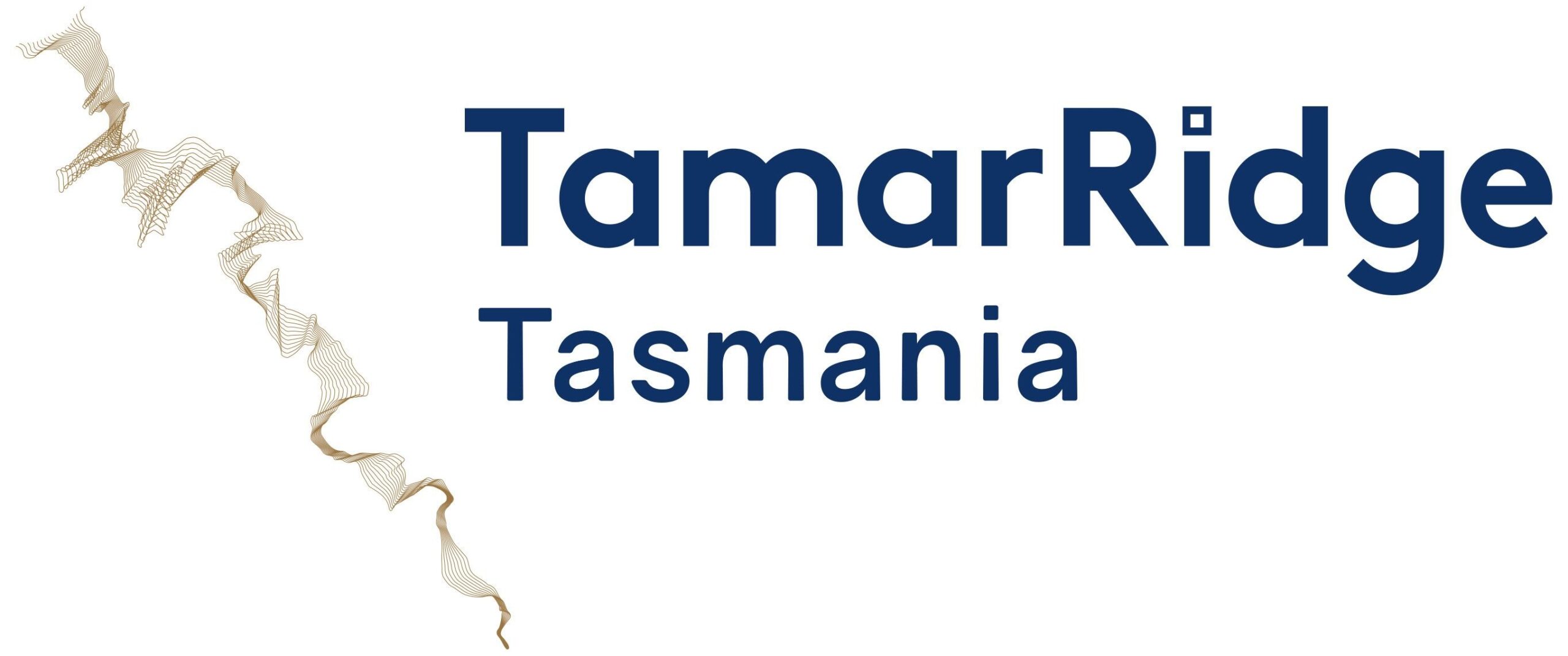
Devil’s Corner
Tasmania, Australia


About Devil’s Corner
Come on a journey to experience our unique corner of the world, where impossible remoteness makes way for extraordinary experiences. Our wines reflect the beauty of our challenging landscape.
Our home on the East Coast, where the vines meet the sea and where challenge meets character, experience the true Devil’s Corner adventure.
It is nature’s canvas that sets every bottle of Devil’s Corner apart: wines born from a land of wild contradictions and undiscovered beauty.
Tasmania is known for being one of the best places on earth to grow Pinot Noir, but down here, we’re also at the mercy of nature: rugged peaks, generous soils, and a maritime climate so unique to our parts, it would be remiss of us not to harness it. And share it with those seeking the finest reward from our environment.
Crafted with premium Tasmanian fruit in a place where hazard meets haven, discover our range of premium Pinot Noir, Syrah, and cool-climate whites from Devil’s Corner.
Because we reckon wine tastes better with both the wild and the tame. The warmth of shallow water, and the cold crunch of East Coast sea breeze. And a team of humans who know just how to bring them together. The best of both worlds, that creates wine like nowhere else.
Representative Biography
Adam Evans, Canadian Country Manager
Adam Evans is an experienced Sales and marketing professional with a successful and accomplished record in the beverage alcohol space in the Canadian market in both the retail and on-premise channels in all provinces for more than twenty-five years. Selling and marketing wine brands in Canada such as
LVMH, Krug Champagne, Mouton Rothschild, Gabrille Meffre, Chapoutier, Trimbach, Francois Lurton, MASI, GAJA, Antinori, Robert Mondavi Wines, Josh Cellars, Boisset and many others. Having travelled and studied wines in Ontario, British Columbia, Italy, France, Spain, Germany, Chile, Argentina, California, Oregon and Australia has enabled Adam to work with, study with and be taught by some of the top Wine makers, viticulturists and wine professionals from across the Globe.
Adam is the current Canadian Country Manager for Brown Family Wine Group. For over 130 years the The Brown Family’s sense of adventure and innovation has led us to where we are now: creating exciting new wines, pushing boundaries, and developing vineyards in some of the best
regions in Australia including Victoria and Tasmania.
We have evolved from a single brand to a family of brands that now includes Brown Brothers, Devil’s Corner, Tamar Ridge, Pirie, and Innocent Bystander.
From the very first vintage in Milawa, Victoria back in 1889, to the multifaceted business we are today; we pride ourselves on our family heritage and our connection to consumers, whilst remaining a trusted partner to our valued customers.
Above all is the desire to remain a sustainable and successful family-owned company for generations to come.
Andrew Harris brought his own passion for wine and food to Brown Brothers when he joined the Epicurean Centre team in 1995. Andrew came to Brown Brothers with a sound knowledge of food and wine matching thanks to a background in the hospitality industry and his travels throughout Europe and Asia where he explored some of the world’s most renowned food and wine combinations.
He furthered his intimate wine knowledge by working with the Brown Brothers winemaking team on the 2001 and 2002 vintages, before he was appointed Epicurean Centre Manager in 2002.
In 2003, Andrew accepted the new challenge of managing the Brown Brothers Cellar Door – a renowned facility that attracts up to 100,000 people every
year. It was here that Andrew’s passion for winemaking really developed, and saw him take on the extra challenge of a Wine Technology and Viticulture Graduate Diploma with the University of Melbourne.
In 2006, Andrew successfully applied for the position of Wine Educator. He works on the strategic planning and delivery of wine and food seminars both
within Australia and overseas, and acts as a wine consultant to our business. In 2013, the title of Wine Educator was changed to Wine Ambassador to take
into account the inclusion of the Brown Brothers Tasmanian Brands and later Innocent Bystander from the Yarra Valley.
As well as Brown Brothers, Andrew has completed vintages in Tasmania and Bordeaux.
Why We're Cool
Tasmanian Chardonnay
• The Hazards Vineyard is stunningly located on the East Coast of Tasmania sweeping down to Moulting Lagoon and overlooking the Hazards range of mountains. The maritime location moderates the climate and provides frost protection while the mountains to the West attract most of the rain ensuring excellent grape growing conditions.
• Devil's Corner is located on Tasmania's east coast, near the town of Apslawn. The latitude of Devil's Corner is approximately 42 degrees south.
• This latitude places it in a cool climate zone, ideal for growing Chardonnay and other cool-climate grape varieties.
• With over thirty-five hectares of Chardonnay and clones such as 10V1, I10V5, Cl.84, Penfolds, Mendoza and Bernard 95 our vineyards stretch down the East Coast of Tasmania. Since our first plantings in 2005 we have been identifying our best blocks for table Chardonnay.
• These blocks are handpicked carefully pressed and in our top wines fermented as juice in French Oak barriques, generally about 25-35% New Oak. The wines are assessed for balance but generally 100% Malolactic fermentation. The Chardonnay is then matured for 9-10 months before each barrel is assessed for blending and allocation across our multi-level program.
• Tasmania’s climate is so special for many reasons, but it is making world class Chardonnay because of the flavour and fruit expression that the wines showcase while retaining long and bristling acidity.
• In terms of climate, the Growing Degree Days (GDD) for the Vinyard typically ranges from 1,100 to 1,300 (base 10oC) for the growing season, putting it on a par with Chablis, and slightly cooler than Burgundy.
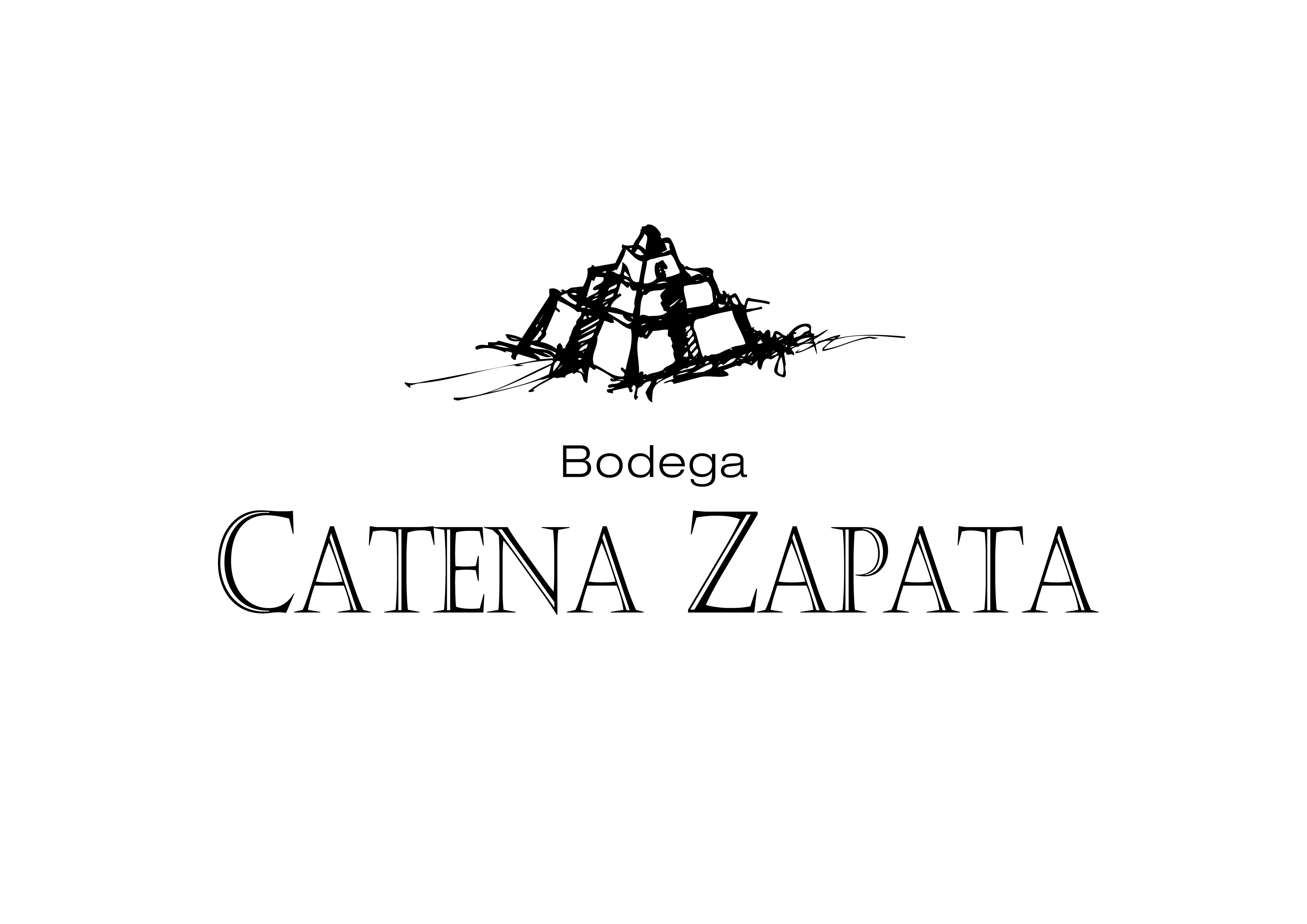
Catena Zapata
Uco Valley , Argentina

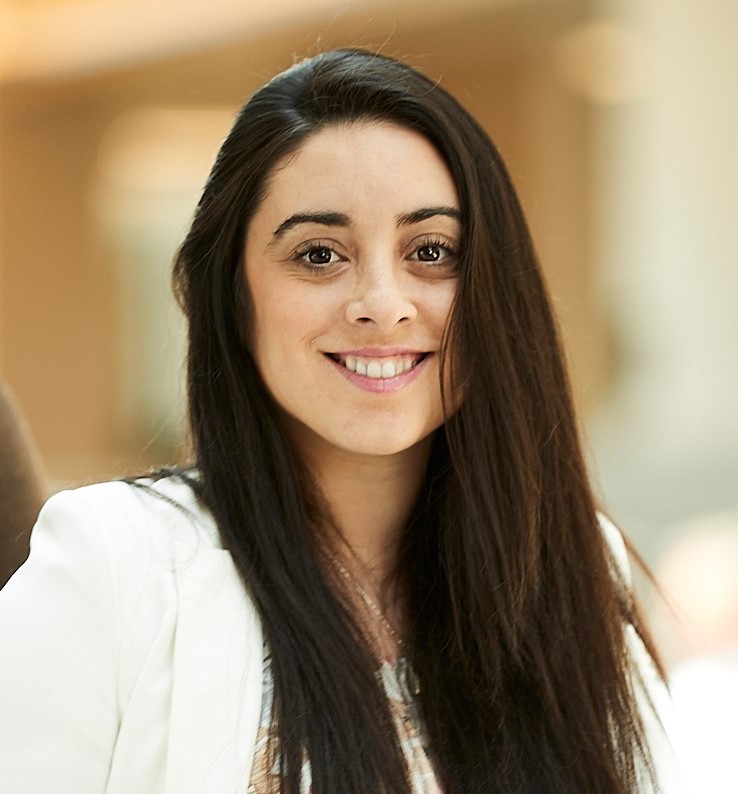
About Catena Zapata
Bodega Catena Zapata is credited to be the pioneer Argentine wine producer from the renowned wine region of Mendoza. Founded in 1902 by Italian immigrant Nicola Catena, Catena Zapata has been producing outstanding wines ever since. Dr. Nicolas Catena Zapata, a 3rd generation winemaker in pursuit for fresher, colder and more challenging terroir started the high-altitude revolution in Argentina. He began by planting for the first time at 1.500 m.a.s.l in Gualtallary, in the Uco Valley giving birth to the renowned, 100-point Adrianna Vineyard.
Currently, Bodega Catena Zapata is managed by a 4th generation vintner, Stanford and Harvard physician, Dr. Laura Catena, who also created the Catena Institute of Wine in 1995. The institute’s mission is to continue elevating our historic variety Malbec and our Argentine winemaking regions for another 100 years. Today, the team of the Catena Institute of Wine is dedicated to studying every meter, every rock, every insect and microorganism in the Adrianna Vineyard, making it perhaps the most studied vineyard in the world.
The Catena Wine institute’s first “parcelas” (lot) project, gave birth to the most famous, high-scoring and high-altitude chardonnays in Argentina: The Adrianna White Bones and White Stones.
Representative Biography
Marina Castillo, Canada Export Manager & USA Brand Ambassador
Marina is a true citizen of the world. Born and raised in Argentina, she has also lived in Canada and China, and speaks several languages: Spanish, English, French, Portuguese and a bit of Chinese. She holds a Masters in Global Communications from a joint program between SFU Vancouver and CUC Beijing. Marina is currently working as Catena Zapata export manager for Canada and NYC Key Accounts Manager.
Marina’s wine passion started by accident when she moved to Mendoza to pursue her BA in International Relations. She was invited to an “Asado” (Argentina’s sacred BBQ) where the only drink offered was wine, and when she asked for another beverage (she didn’t like wine at all at the time!), she was told: “This is Mendoza, you either drink wine or die out of thirst.” She did so very obediently, and Marina and wine have been best friends ever since. Naturally, Malbec was her first love.
Marina is passionate about making a difference in the world. For the last decade she has belonged to JCI, a group of young people dedicated to creating positive change, locally and globally. Marina has represented Argentina as the captain of the debating team in a JCI World Congress and performed as a judge at the National High-School Academic Debate and Speech Tournament in Beijing. Her public speaking skills have become legendary among Catena Zapata’s importers in Asia, Canada and the US!
During her free time, Marina enjoys energy healing, meditation, gardening, singing, and having a fantastic meal with breathtaking wine.
Why We're Cool
The cool climate component in Mendoza, Argentina and therefore at Bodega Catena Zapata comes from altitude. Nicolas Catena Zapata in the 90s planted our stellar vineyard: “Adrianna” in Gualtallary, a sub-appellation of the Tupungato IG in the Uco Valley at 1500 m.a.s.l with a single goal in mind: to find the coolest location for growing vines in Mendoza. Ever since, Bodega Catena Zapata is regarded to be the pioneer of high-altitude viticulture producing the most prestigious wines from Argentina.
In terms of the Winkler classification, a method developed in California to add degrees and categorize regions according to their climate, the weather at Adrianna is between zone 1 and zone 2 depending on the year, putting it between Burgundy and a very cool part of Bordeaux.
Over the next few years the wines consistently proved to have more minerality and more acidity than wines from other sites in the Southern Uco Valley at lower altitudes. Much of the difference lies in the hours of sunlight and in the brightness of the sun, which permits photosynthesis to run freely and ripen aromas and tannins (in reds), while the cool climate allows the vines to preserve acids and keep the sugars in check. In the lower-altitude areas of Mendoza in the East, most musts need to be acidified, but the natural grape acidities at Adrianna and are optimal, and no additives are necessary to balance wines.
The geologic origin of the Adrianna vineyard dates to the Eocene period, over 50 million years ago when the Andes Mountains were formed, and volcanoes and earthquakes ruled the land. Volcanic subsoil holds one of the secrets of Adrianna: it’s phenomenal drainage. No matter how hard it rains, it is impossible to get very high yields or botrytis rot.
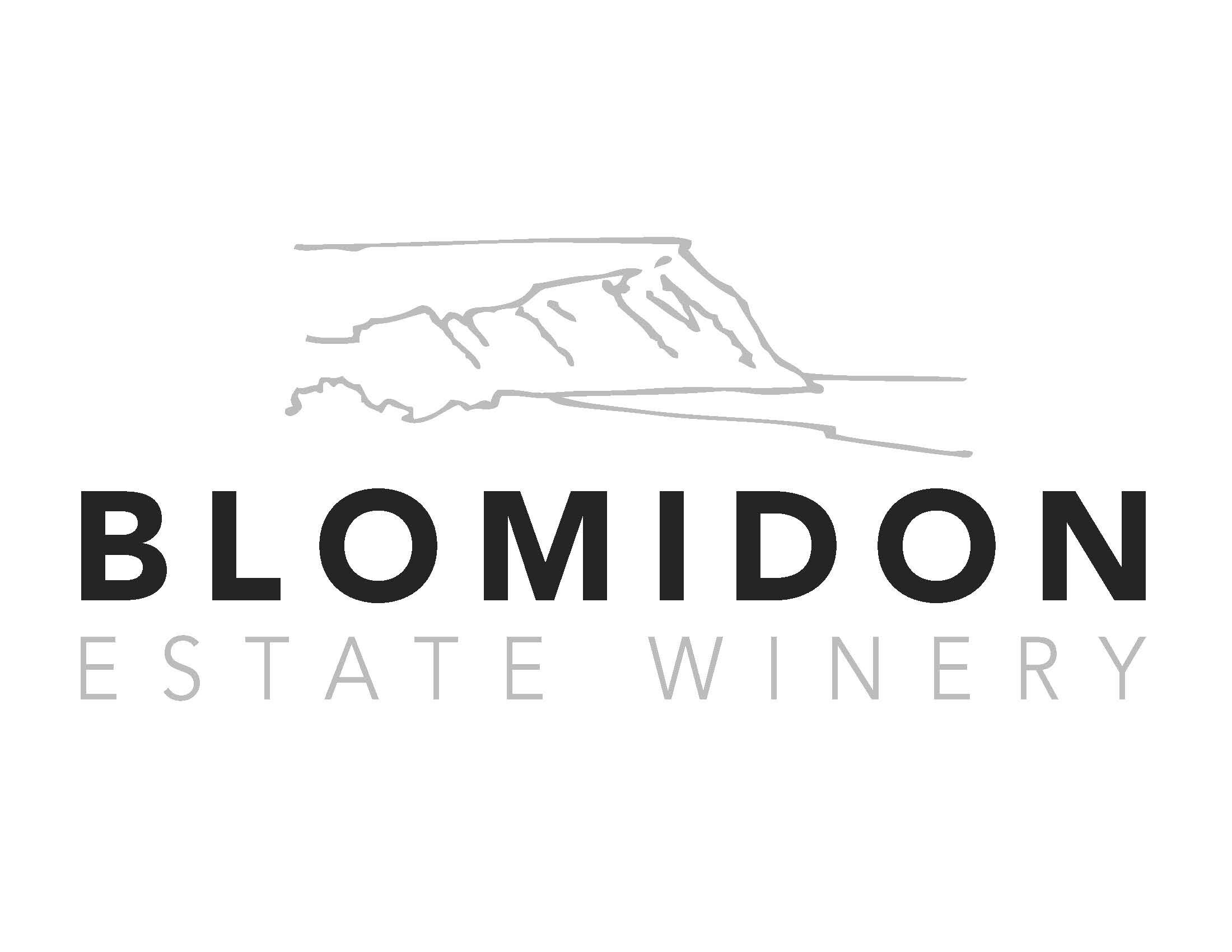
Blomidon Estate Winery
Nova Scotia, Canada

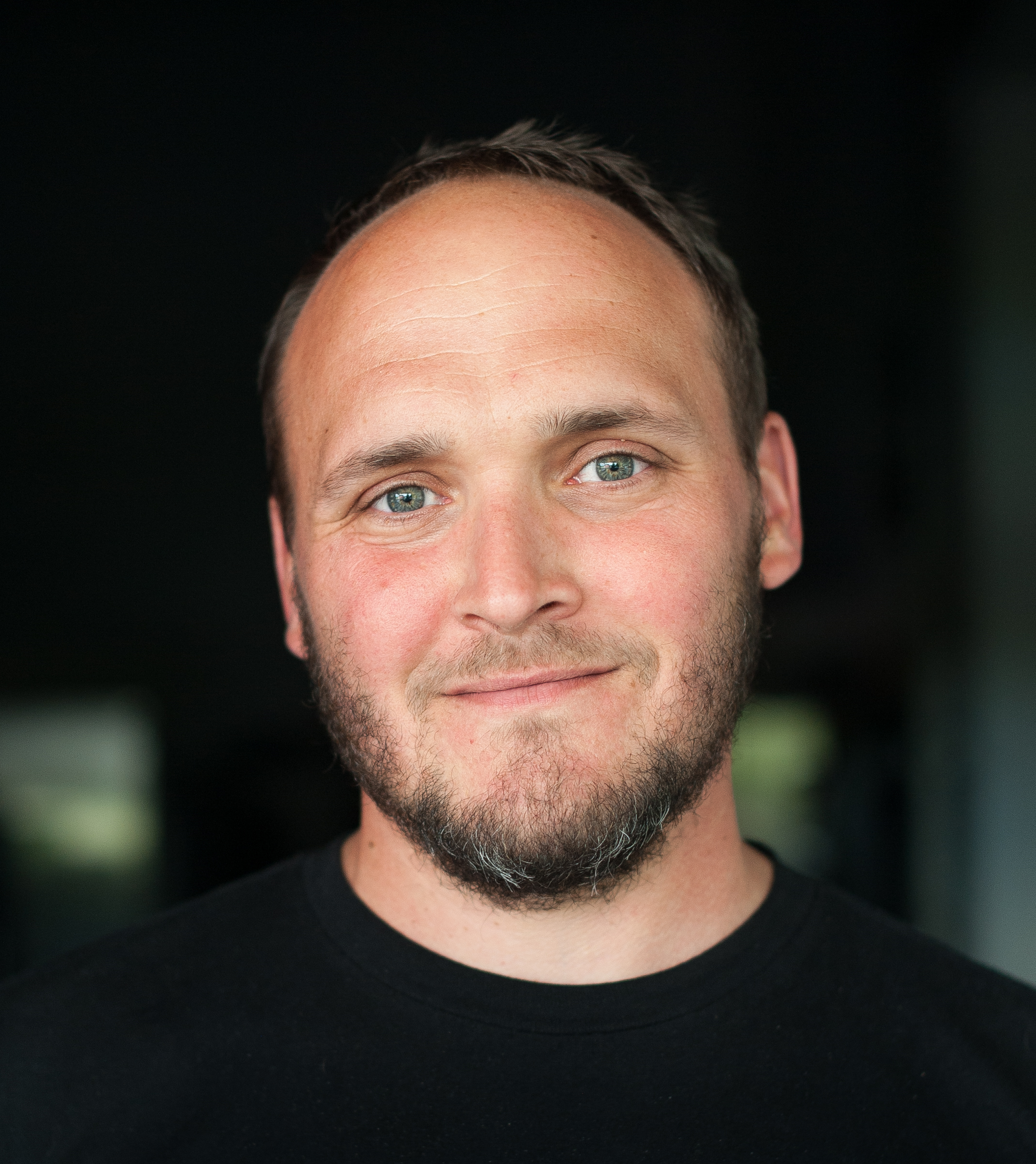
About Blomidon Estate Winery
Blomidon Estate Winery is a boutique winery nestled on the shore of the Minas Basin, near Canning, in the picturesque Annapolis Valley of Nova Scotia. Our beautiful seaside setting offers a unique location for viticulture, as well as a scenic stopping point for our many visitors.
We are committed to producing 100% Nova Scotia grown grapes and wines, and are proud to have won numerous national and international awards and acclaim for our efforts. We invite you to join us and to discover our Nova Scotia wines.
Representative Biography
Simon Rafuse, Winemaker/Operations Manager
Our winemaker, Simon Rafuse, travelled the world for his wine education and work experience but was excited at the opportunity to return to his native Nova Scotia.
He attended Mount Allison University and graduated with a Bachelor of Science before earning a Master of Science degree at the University of Kent (UK) and a Master of Viticulture and Oenology degree at Montpellier SupAgro (France). He also holds the Diplôme National d’Oenologue (France).
Since 2009 he has been the Winemaker at Blomidon Estate Winery, having worked previously in Languedoc-Rousillon and Alsace (France), and Central Otago (New Zealand), and his wines have won numerous national and international awards and accolades. Simon is also an instructor with the Atlantic Canada Chapter of the Canadian Association of Professional Sommeliers.
“What better ‘desert island’ wine can there possibly be than a crisp, complex, Blanc de Blancs sparkling wine? There isn’t. There simply isn’t. Chardonnay delivers every time.” Simon Rafuse
Why We're Cool
Blomidon Estate Winery farms two vineyards, just outside the town of Canning, Nova Scotia (45’N), our estate vineyard and our Woodside Road vineyard. The estate property sits at sea level on the shore of the Minas Basin and the Habitant River estuary, where the soils are predominantly sandy loam and the near constant breeze helps reduce frost and disease pressure. Woodside Road runs along the base of the North Mountain, a basalt ridge that forms the north boundary of the Annapolis Valley. The soils are there are a heavier red clay-loam with basalt stones. It’s warmer than the estate vineyard but can be more frost prone. The Woodside Road vineyard rises to an elevation of 60m above sea level.
At the Blomidon estate vineyard, we’re extremely fortunate to have the oldest block of Chardonnay in Nova Scotia as the backbone of our Chardonnay program. The 5 acre “Old Block”, as we call it, was planted in 1996 with a mix of clones. It sits on a gentle slope at the bottom of our vineyard, right on the shore of the Minas Basin. Our vineyards are significantly influenced by two bodies of water: The Bay of Fundy and the Atlantic Ocean. Both moderate our climate be delaying budbreak in the spring due to their cold waters and tidal movement, but also by preventing frost in the fall.
Typically, in Nova Scotia, Chardonnay will be picked in the second or third week of October for sparkling and as late as November for still wines. While we make sparkling wine every year, the still wines are only made in better vintages when the conditions allow for the longer hangtime. With such a cool growing season, the wines are lightly structured and elegant. We use a mix of stainless steel and older oak for both still and sparkling, and generally allow for up to a year of lees ageing. All our Chardonnays are whole cluster pressed.
Our goal is to work with the best fruit possible through careful attention in the vineyard, and to make pure, lithe, and defined Chardonnays that are true to their Maritime terroir.


